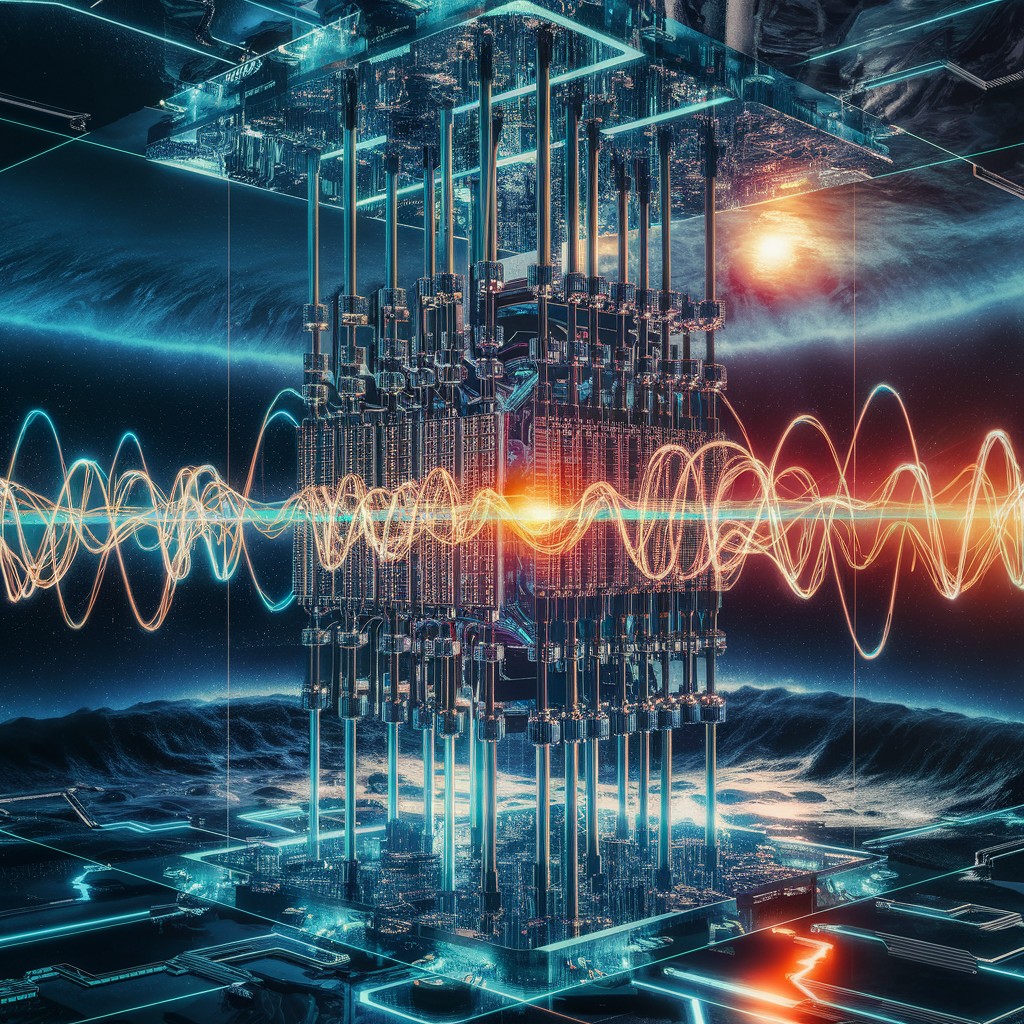The origins of quantum computing trace back to Richard Feynman’s ideas of simulating various Hamiltonians using controlled quantum systems, with David Deutsch later formulating the theory of quantum Turing machines. This led to the proposal of numerous quantum algorithms, driving rapid advancements in quantum computing. Quantum machine learning (QML), an interdisciplinary field, aims to accelerate machine learning processes compared to classical methods. Despite achievements, challenges remain, including integrating quantum feature extraction and addressing nonlinear dynamics while applying quantum mechanics to electroencephalogram (EEG) signal processing to expedite computation.
EEG records brain electrical activity via scalp electrodes, which is essential for understanding neural processes and diagnosing disorders. Given the volume of data, automated EEG analysis is vital. Processing involves preprocessing, feature extraction, and classification. Feature extraction is pivotal for brain mapping; key features include sample entropy and power spectra. Current classification methods rely on machine learning, with diverse contributions. Entropy signatures from wavelet packets offer robust classification, inspiring the use of WPEE features via QWPT and an improved QSVM classifier.
A quantum state preparation procedure is devised by the College of Information Engineering, Shanghai Maritime University, Research Center of Intelligent Information Processing and Quantum Intelligent Computing, and School of Computer Science and Engineering, Anhui University of Science and Technology, for processing classical information on a quantum computer. The EEG signal is initially encoded into an amplitude-encoding quantum state, facilitating multi-channel and multi-sample scenarios. This method extends to other time-series data like speech and stock market trends. A Quantum Wavelet Packet Transformation (QWPT) extracts Wavelet Packet Energy Entropy (WPEE) features from the EEG signal. Extracted features are inputted into a Quantum Machine Learning (QML) classifier, such as an improved Quantum Support Vector Machine (QSVM) with efficient implementation of nonlinear kernel functions. The framework is elucidated via quantum circuitry and mathematical expressions, showcasing significant innovations, including multi-channel EEG signal preparation, QWPT for feature extraction, and enhanced QSVM performance. The proposal demonstrates exponential acceleration over classical methods.
The preparation algorithm encodes EEG signals into quantum states using QRAM and quantum arithmetic. Wavelet packet energy entropy (WPEE) is extracted via Haar quantum wavelet packet transform. A universal nonlinear kernel is implemented efficiently for quantum SVM classification, allowing for nonlinear data separation. Quantum circuits simulate Hamiltonians for kernel approximation. The Universal Quantum Approximation Algorithm enhances the HHL algorithm for nonlinear kernel evaluations. This framework integrates quantum mechanics with EEG signal processing, enabling efficient feature extraction and classification.
The researchers detail the experimental results of the proposed framework. Initially, the EEG dataset is transformed into a corresponding quantum state. Subsequently, the QWPT module is applied, yielding 64 features per sample. These features serve as input for training and testing the QSVM model. The classification performance varies with different kernels. Specifically, performance is contingent upon hyper-parameter selection; thus, the parameters within the kernel functions are optimized via the grid search algorithm.
In conclusion, the underdeveloping field of QML holds immense promise for advancing artificial intelligence. This study introduces a hierarchically structured quantum mechanics-based framework tailored for EEG signal processing, encompassing preparation, feature extraction, and classification. Each component is meticulously implemented with quantum techniques, showcasing significant potential for extending to diverse time-series data. Notably, a robust method for universally approximating nonlinear kernels in quantum construction is proposed, exemplified by its QSVM application. Experimental validation on real-world data confirms feasibility and efficacy, with the entire framework exhibiting exponential acceleration over classical counterparts in complexity.
Sources
https://ieeexplore.ieee.org/stamp/stamp.jsp?tp=&arnumber=9112355
https://en.wikipedia.org/wiki/Electroencephalography
The post Quantum Machine Learning for Accelerating EEG Signal Analysis appeared first on MarkTechPost.
Source: Read MoreÂ



